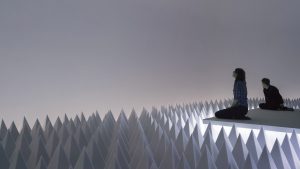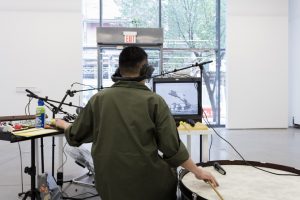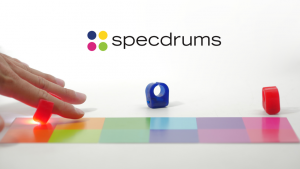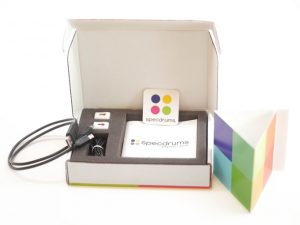
Doug Wheeler’s PSAD Synthetic Desert III is an immersive installation I was too late to get tickets for when I visited the Guggenheim Museum in NYC last summer, which is why it piqued my interest for this assignment. It doesn’t necessarily use sound, rather, it focuses on the lack of noise and its significance.
This exhibition was designed to minimize noise and takes advantages of architectural acoustics materials. The space allows viewers to sit on a platform and soak up the silence in this minimalistic room. It focuses on the reduction of optical and acoustical sensations, and it uses the repetition of pyramid structures, similar to the type you would find in a recording studio.
Wheeler explains the significance of having his exhibition in New York City, a city riddled with noise pollution. It is impossible to escape noise, and the Synthetic Desert can act as an escape from such a loud environment. Wheeler speaks of his inspiration, which stems from when he landed alone in a dried Arizona lakebed and just heard…nothing. He says, “I’m hearing distance. When you’re in some place that has immensity…you become conscious of yourself, it changes your perspective of how we fit into the mix of the whole universe.” I admire his deep passion for having others experience what he experienced in that moment, and his commitment to this project (which he started 48 years ago).
![[OLD FALL 2017] 15-104 • Introduction to Computing for Creative Practice](https://courses.ideate.cmu.edu/15-104/f2017/wp-content/uploads/2020/08/stop-banner.png)







